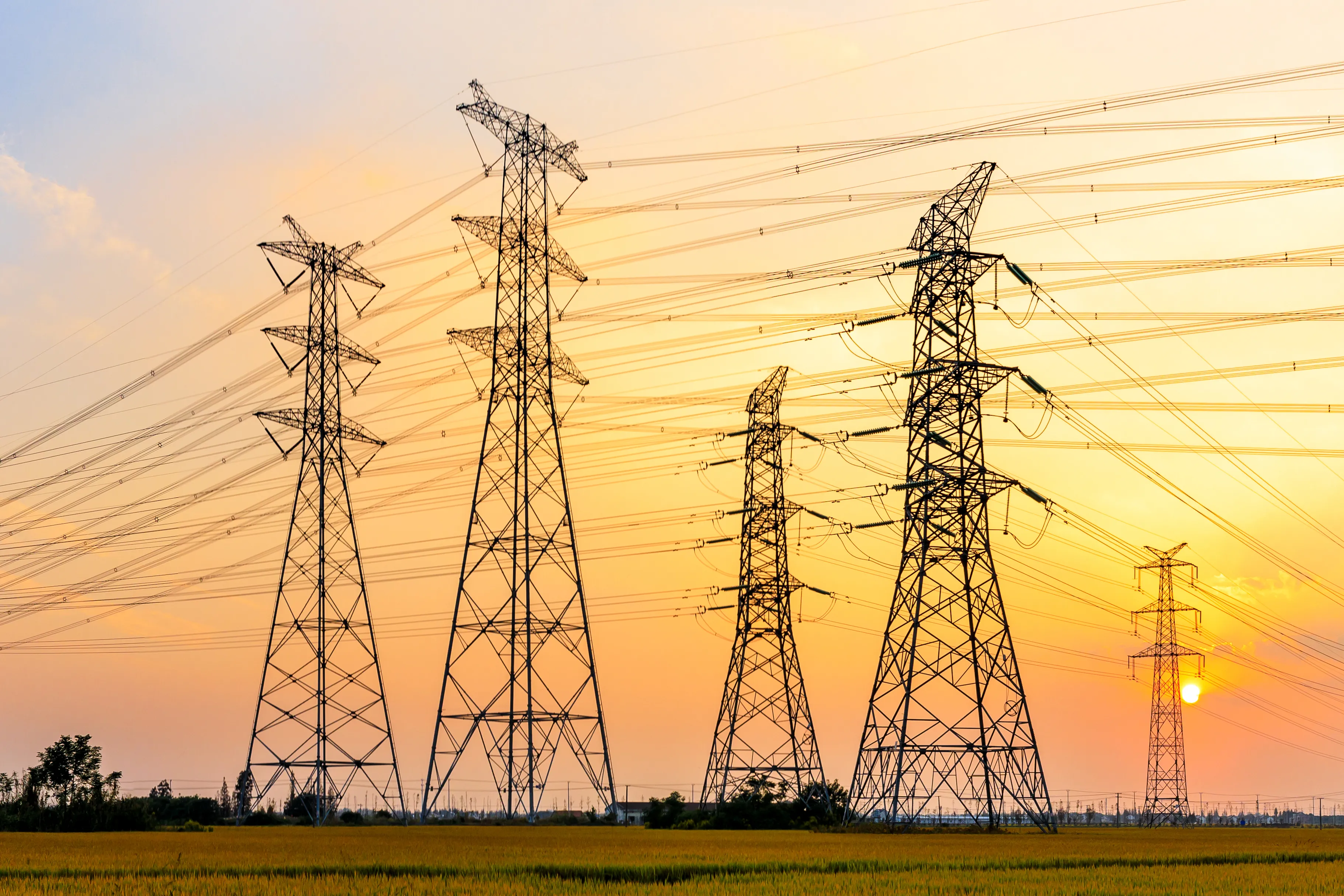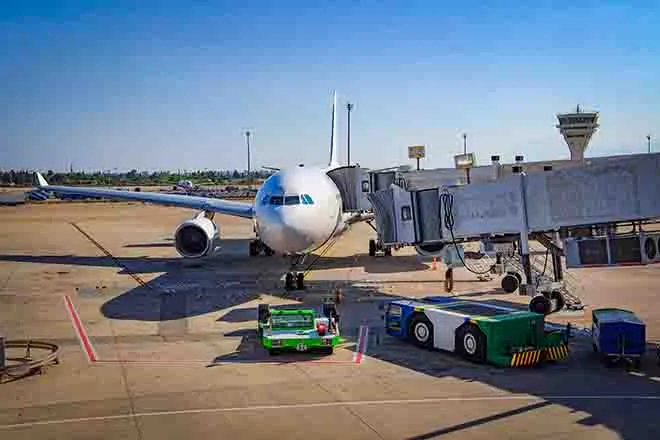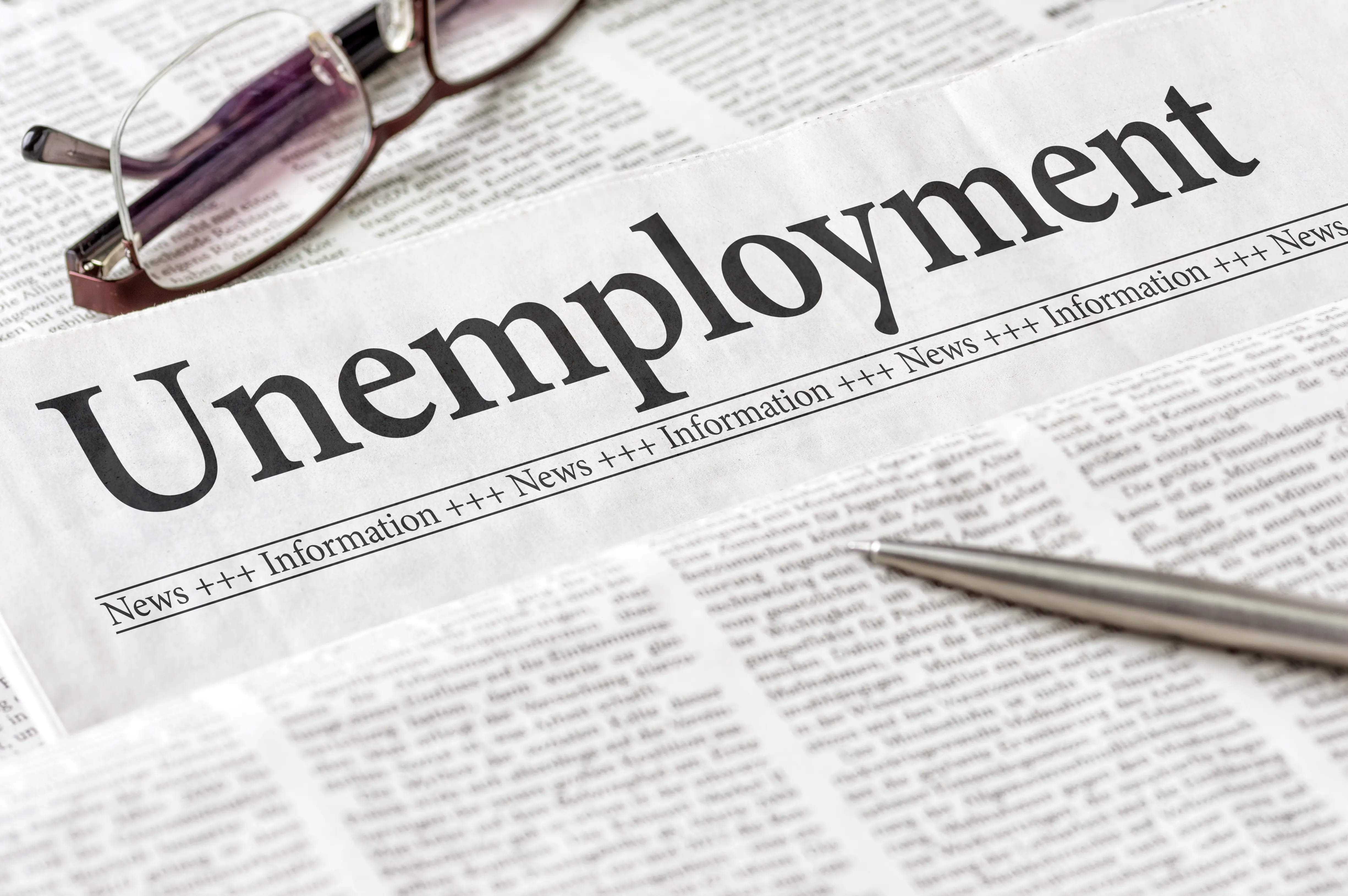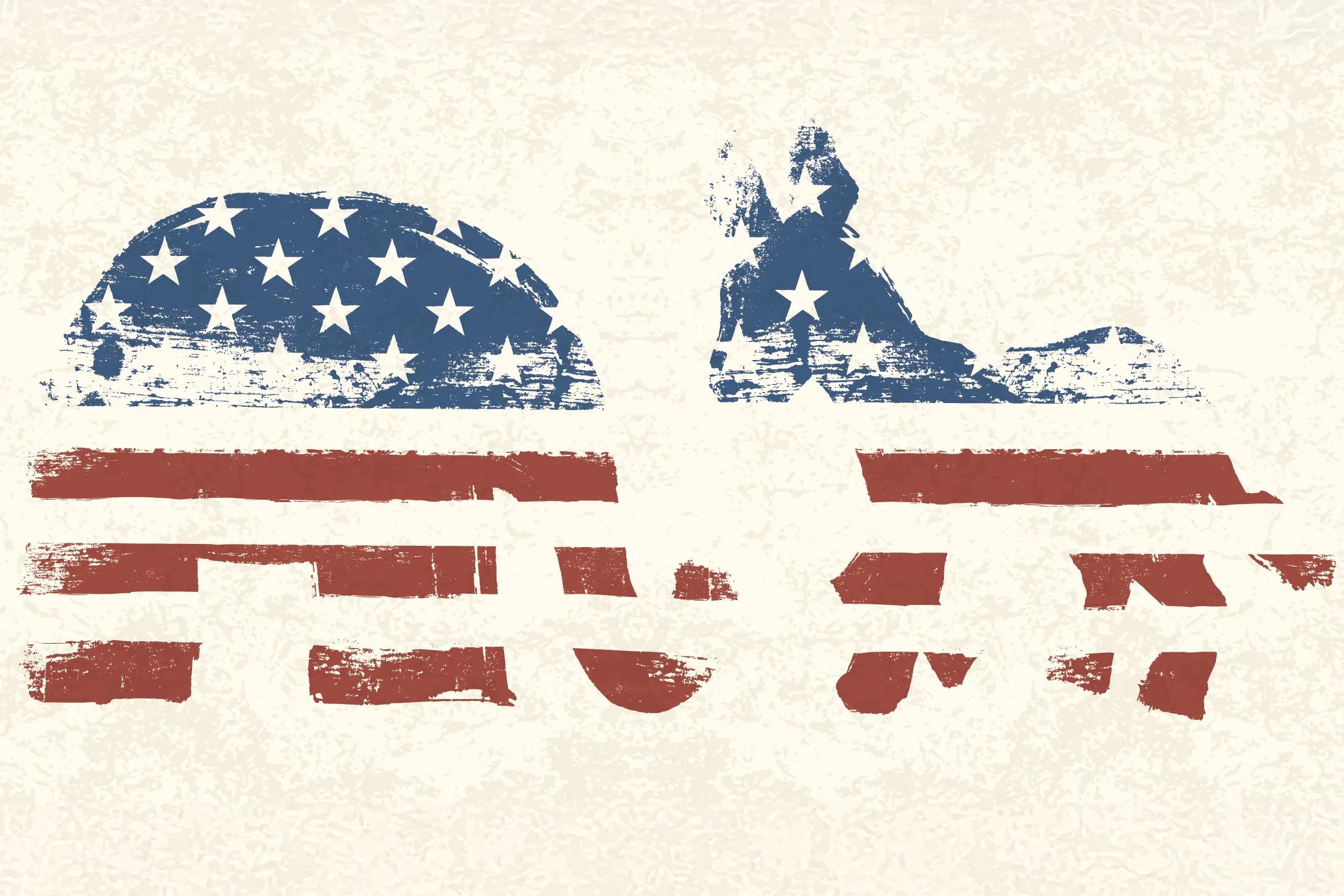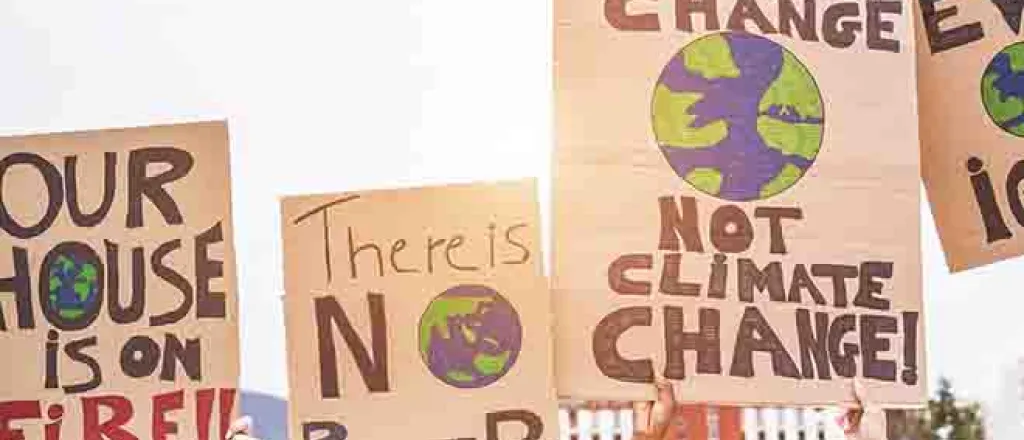
Young Utahns suing state, calling for climate action
(Utah News Connection) Lola Maldonado grew up in Salt Lake City, Utah’s most populous metro area, nestled into the west side of the Wasatch Mountains, where the range’s highest peak, Mount Nebo, stands nearly 12,000 feet tall. The steep mountains form a canyon below, where Maldonado said particulate matter and air pollutants form a blanket of haze. As the consequences of climate change have ballooned in past decades, air pollution is just one of the downstream effects that Maldonado, 19, and other young Utah residents will be navigating for years to come—unless the government discontinues its support of a fossil fuel-based state economy.
March 15, 2022, Maldonado and six other young people sued the state of Utah for denying their state constitutional right to life by politically and economically supporting the fossil fuel industry despite knowing that burning fossil fuels would create environmental conditions that might impede the health and well-being of the state’s residents.
Maldonado isn’t alone. Supported by the legal nonprofit Our Children’s Trust, hundreds of youth across the U.S. have sued their home states for similar reasons. Maldonado is seeking redress from Utah’s governor, various executive departments, and oil and gas industry oversight boards. And while none of these youth climate cases have seen judicial rulings in their favor (with the first case in Montana set to go to trial in June 2023), the lawsuits have had a profound effect on the young people involved in them, as well as other young climate activists growing up in the U.S. in this time of climate chaos.
Exploring other forms of climate activism
Prior to her involvement with the lawsuit, Natalie R. v. State of Utah, Maldonado said she wasn’t aware of the power that the courts had. Maldonado signed on to be a plaintiff in the case when she was 18 and in her senior year of high school. But she had years of prior organizing experience, even leading the first student-driven campaign to transition her school district off of fossil fuels. In those years, still a minor and hoping to make a difference, it seemed like the only pathway was through protesting and petitioning. That was, of course, until she learned it was possible to sue state officials.
There’s no minimum age required to be a plaintiff in a lawsuit, yet children are both most vulnerable to existing environmental harms, like Salt Lake City’s air pollution, and will bear the brunt of future climate disasters. According to the plaintiff’s complaint, children born in 2020 will suffer as much as a “seven-fold increase in overall extreme climate events” than those born in 1960.
“As a youth, [the judicial system] really was one of the main ways I could express myself and get political action,” Maldonado said.
Drought, flooding, and wildfire all concern Maldonado, but the biggest impediment to her daily life was Utah’s air quality. Chronic exposure to polluted air can cause any number of physical illnesses like asthma or other emotional and cognitive impacts, like anxiety, impacted brain development, or nervous system disorders. Medical experts claim that Utah’s air quality is causing 75% of state’s residents to lose at least one healthy year of life and another 23% to lose five years of healthy life, according to the complaint filed by Our Children’s Trust.
With polluted air as the norm, it was difficult for Maldonado to see how anything might change at the highest level of Utah’s government; after all, if Utah’s public officials understood that the state consistently suffered some of the worst and most harmful air quality in the country, what right did young people have to push for better living conditions, Maldonado wondered. But as she learned more about the courts and how state legislators set up policy to support fossil fuel interests, her thinking changed.
“I guess I have the right to these things and to have these demands toward my government,” Maldonado said. “That’s really been a learning experience for me, and I think it’s definitely driving some of my work for the future. It’s made me more open to different forms of climate activism going forward.”
On Nov. 10, a district court judge ruled that the case should be dismissed. Our Children’s Trust plans to appeal the ruling.
There’s only so much that the individual can do
The crux of the Natalie case, like most other youth climate lawsuits, is that the government knowingly supported a fossil fuel industry despite the numerous and expanding risks associated with the burning of fossil fuels. But Natalie is the most recent iteration of the activism-by-trial method that began in earnest only a decade ago. Alec L. v. Jackson was the first major case to name the head of a federal public agency as a defendant, and a 2015 case, Juliana v. United States, was the first to sue the U.S. federal government, including the office of the president and eight executive branches, for its role in supporting a fossil fuel-based economy.
What each of the cases filed by Our Children’s Trust on behalf of youth plaintiffs seek to answer are three questions: Is climate change a harm or violation of the Constitution? Can the harm be traced back to the actions of the U.S. government? Does the judicial branch have the authority to hold the government accountable for addressing those harms?
Isaac Vergun is 20 and a college student in Washington, D.C., now, but he was just 13 when he agreed to be a plaintiff in the Juliana v. United States case. Vergun was born and raised in a suburb along the Columbia River outside of Portland, Oregon. Each fall, increasingly devastating wildfires exacerbated his asthma and claimed larger swaths of the surrounding natural landscapes, like the Mount Hood National Forest.
Vergun grew up in an activist family, and as an elementary and middle school student, he would speak in front of city officials and encourage other youth to get involved in grassroots climate action. Making direct appeals to council members or regional organizations was working to stave off some climate impacts, but the real root of the problem was not in Oregon, but in Washington, D.C., Vergun said.
“There’s only so much that the individual can do to fix their own carbon footprint and reduce their own emissions,” Vergun said. “But the federal government has, obviously, the biggest carbon footprint, and so we got to really take it to them.”
The case has been in legal limbo since it was first filed, with industry stakeholders, Department of Justice officials, and heads of state offices all working to push back against the case. Working to sue the government has changed Vergun’s perspective, though.
“Getting involved with the federal climate suit shifted my efforts toward solving the climate crisis by making the courts hold our federal government accountable,” Vergun said.
At least in the case of Juliana, judges have found in favor of the young people’s claims: that the U.S. government knowingly and intentionally suppressed climate information, offered enormous subsidies to the oil and gas industry, and perpetuated an economy that prioritizes economic gain over the health of its citizens. However, the court has never found these actions violate the Constitution, or that its job should consist of acting as a judicial watchdog.
What the government knew
Scientists have known since the late 1800s of what was then dubbed the “greenhouse effect,” which predicted that increased greenhouse gas emissions, like carbon dioxide, methane, and nitrous oxide that come from burning fossil fuels, were trapping heat within the earth’s atmosphere. The trapped heat was predicted to raise the earth’s temperature and throw entire ecosystems out of balance. In the mid-20th-century, there was a resurgence of emissions-related research, but the continued reluctance of government officials to implement policies curtailing emissions over the ensuing decades has led to those initial scientific predictions coming to pass. Safe levels of carbon dioxide should be limited to a concentration of 350 ppm. In 2021, the global average concentration was 416.45 ppm.
While scientists would continue to present climate-change related concerns to congressional subcommittees throughout the 1970s, ’80s, and ’90s, presidential administrations worked to promote the use of fossil fuels by offering extractive industries vast subsidies and market-based incentives. Republican administrations waged outright campaigns to dissuade the public from believing that climate change was real, happening, or of concern. Democratic administrations, on the other hand, acknowledged the threat of climate change while continuing to approve leases for drilling, laud the importance of developing domestic oil reserves, and offer public funding to support the oil and gas industry.
In 2020, the U.S. federal government offered $660 billion in subsidies—public taxpayer dollars—to the fossil fuel industry. A White House report released earlier this year estimated that climate change will cost the U.S. $2 trillion annually on mitigation, repair, and relief. For comparison, in 2017, the federal government allocated $13.2 billion for climate change-related projects, with the vast majority of that funding going to programs that “touch on” climate change research, according to the Government Accountability Office. The Biden administration has proposed a 2023 budget of $44.9 billion to address climate change and mitigation.
Many of the people approving policies to invest in the oil and gas industry won’t live to see the impacts of their decisions—but the young plaintiffs will. This is a primary reason why young people’s voices should be at the forefront of the climate fight, said Andrew Welle, co-counsel for youth plaintiffs named in Natalie and a senior staff attorney at Our Children’s Trust. To Welle, the relationship between lawyers and plaintiffs “feels like a partnership.”
“[The plaintiffs] have very sophisticated perspectives on issues of social justice, on their fundamental rights, a keen understanding of the science, [and] a keen understanding of the technological issues,” Welle said. “One thing that I think young people bring from a very young age is a really keen understanding of fairness.”
Those questions of fairness and responsibility will ultimately be decided by the courts, but it’s undeniable that climate change is having an outsized impact on the lives of young people. However, that lack of action to mitigate climate change is also impacting young people—by motivating them to take a different kind of action.
Ray Levy Uyeda wrote this article for Prism.

